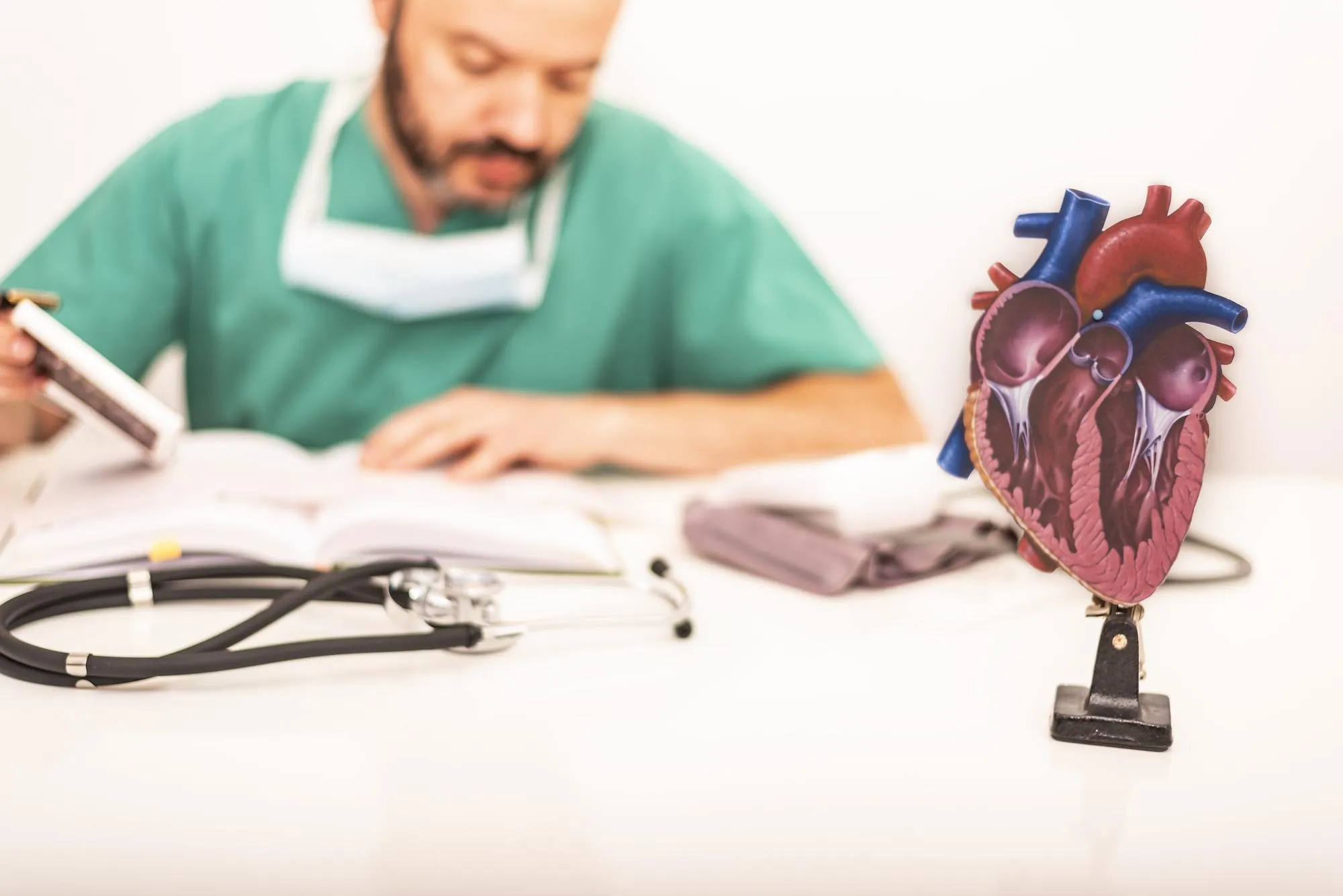In a groundbreaking study published in the Journal of Cardiothoracic and Vascular Anesthesia, a team of researchers led by Patrick M. Wieruszewski from the Mayo Clinic has reported the successful use of Synthetic Human Angiotensin II in treating vasoplegic shock following cardiopulmonary bypass procedures. This innovative approach could herald a new era in the management of this potentially life-threatening complication often confronted by cardiovascular surgeons and intensivists.
The DOI for the article is 10.1053/j.jvca.2019.03.004, and it can be found in the published journal volume 33, issue 11 from November 2019, on pages 3080-3084 under the identifier S1053-0770(19)30264-2.
Vasoplegic shock, characterized by severe vasodilation and refractory hypotension, is a serious and challenging complication that occurs in some patients after cardiopulmonary bypass (CPB). The condition can be resistant to conventional therapies, leading to poor outcomes. The research team’s case report detailed the novel use of Angiotensin II, a potent vasoconstrictor, as a therapeutic agent to manage post-CPB vasoplegia in a middle-aged male patient.
The Case Report
The article by Wieruszewski and colleagues revolves around a patient who developed vasoplegic shock after undergoing cardiopulmonary bypass. Despite standard treatment protocols, which include fluid resuscitation and administration of various vasopressor drugs, his condition persisted, necessitating a novel intervention. The use of exogenous synthetic human Angiotensin II marked a turning point in the patient’s recovery, showcasing its potency as a vasoconstrictor and its potential to elevate blood pressure in situations where traditional therapies have failed.
Clinical Significance
The case highlighted the importance of recognizing vasoplegic shock as a differential diagnosis following CPB and underscored the potential efficacy of angiotensin II in a clinical setting with limited options. Such findings could lead to a transformative practice in post-operative care in cardiothoracic and vascular anesthesia.
Expert Commentary
Dr. Kianoush B. Kashani, a key contributor to the research and an expert in both pulmonary and critical care medicine as well as in nephrology and hypertension, remarks, “The management of vasoplegia requires a profound understanding of hemodynamics. With the addition of synthetic human Angiotensin II in our armamentarium, we have an adjuvant that directly targets the pathophysiology of this condition.”
Dr. Richard C. Daly from the Department of Cardiovascular Surgery adds, “There’s an urgent need for effective therapeutic strategies to tackle vasoplegic shock, which remains a significant cause of morbidity and mortality after cardiac surgeries. These findings, though based on a single case, open doors for future research and potential large-scale applications.”
Future Directions
The case report’s promising outcome will undoubtedly spark interest in further investigation into the use of Angiotensin II. Prospective studies involving larger patient cohorts are essential to confirm the benefits and safety of this novel therapy. As Dr. Erica D. Wittwer, with a background in anesthesiology and perioperative medicine, points out, “There’s immense potential here, but we must approach it with robust scientific inquiry.”
Future studies could focus on
Determining the ideal dosing and timing for Angiotensin II administration.
Exploring the long-term outcomes and potential side effects.
Comparing the efficacy of Angiotensin II to other vasopressors in a randomized control trial setting.
Conclusion
The Mayo Clinic team’s work offers a promising glimpse into the potential applications of synthetic human Angiotensin II. As the medical community continues to explore and validate new treatments for vasoplegic shock, this approach signifies hope for countless patients undergoing cardiopulmonary bypasses worldwide.
References
1. Wieruszewski, P. M., Radosevich, M. A., Kashani, K. B., Daly, R. C., & Wittwer, E. D. (2019). Synthetic Human Angiotensin II for Postcardiopulmonary Bypass Vasoplegic Shock. Journal of cardiothoracic and vascular anesthesia, 33(11), 3080–3084. https://doi.org/10.1053/j.jvca.2019.03.004
2. Fischer, G. W., Levin, M. A. (2010). Vasoplegia during cardiac surgery: current concepts and management. Semin Thorac Cardiovasc Surg, 22(2), 140-144. https://doi.org/10.1053/j.semtcvs.2010.10.002
3. Colson, P. H., Bernard, C., Struck, J., & Albat, B. (2011). Early postoperative hemodynamics after cardiac surgery: The role of vasoactive support. Eur J Anaesthesiol, 28(7), 502-506. https://doi.org/10.1097/EJA.0b013e3283444cd6
4. Mekontso-Dessap, A., Houel, R., Soustelle, C., Kirsch, M., Thebert, D., Loisance, D. Y. (2001). Risk factors for post-cardiopulmonary bypass vasoplegia in patients with preserved left ventricular function. Ann Thorac Surg, 71(5), 1428-1432. https://doi.org/10.1016/s0003-4975(01)02484-6
5. Mehaffey, J. H., Johnston, L. E., Hawkins, R. B., Charles, E. J., Yarboro, L. T., & Kern, J. A. (2019). Genetic and Acquired Determinants of Individual Variability of Response to Vasopressors. Crit Care Med, 47(2), e120-e126. https://doi.org/10.1097/CCM.0000000000003521
Keywords
1. Synthetic Human Angiotensin II
2. Vasoplegic Shock Treatment
3. Cardiopulmonary Bypass Complications
3. Post-CPB Hypotension
5. Angiotensin II Vasoconstrictor Therapy
